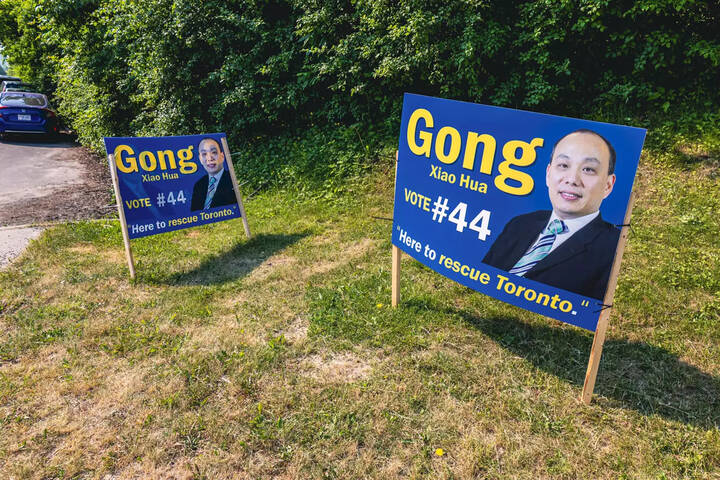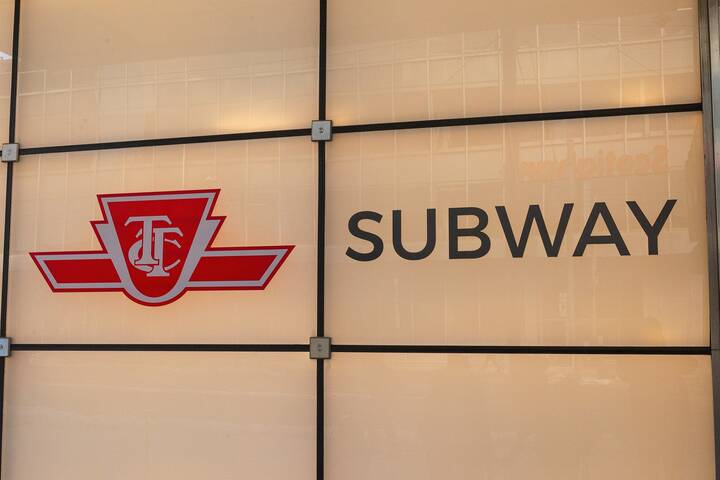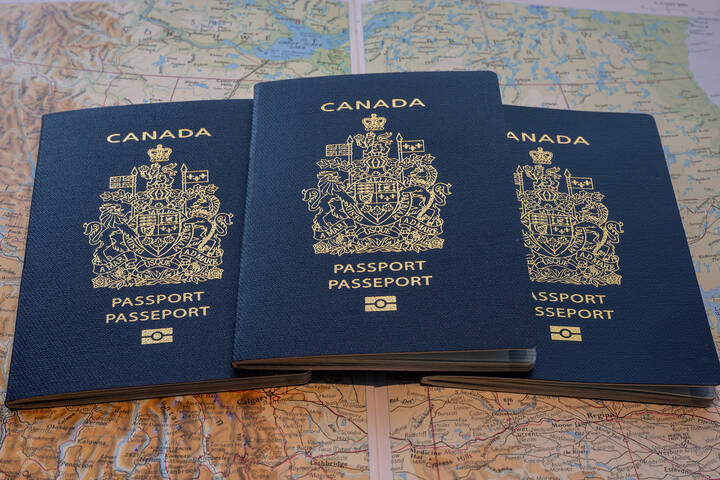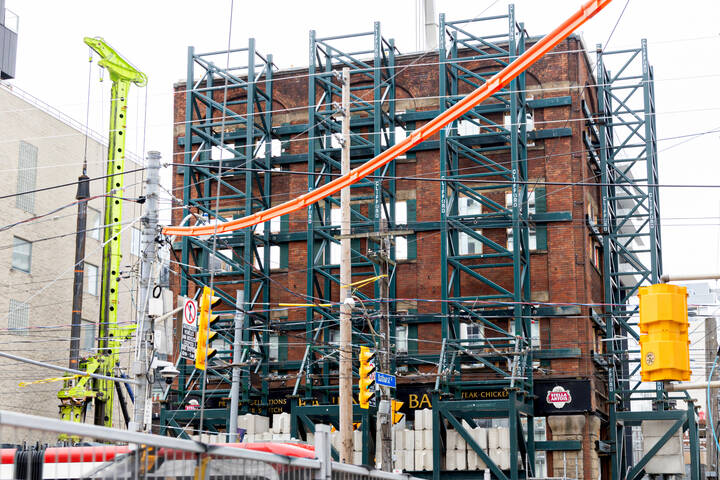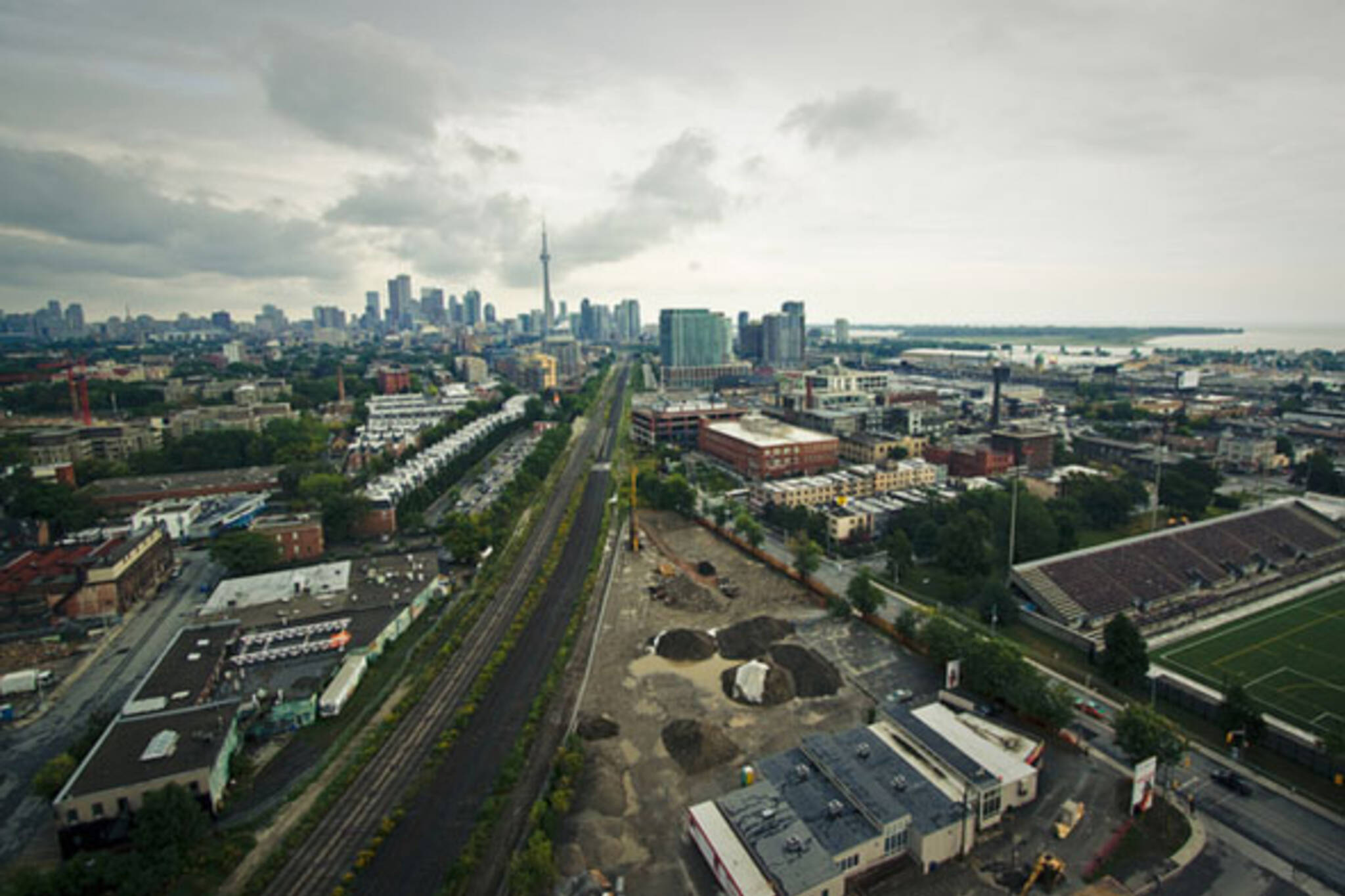
5 things to know about Toronto on its 180th birthday
180 years ago today a group of local politicians decided it was time to make the Town of York a city. Back then, the community was huddled around the lake with Queen Street - then Lot Street - its northernmost point. There was little development west of Peter Street or east of the Don River. The St. Lawrence Market was located at the heart of the community
With city status came a new name, Toronto. The name had a "musical sound" and was "in every respect much better" than the original, said William Bent Berczy, a member of the Legislative Committee.
Here are 5 things to know about Toronto on its 180th birthday.
HOW TORONTO GOT ITS NAME
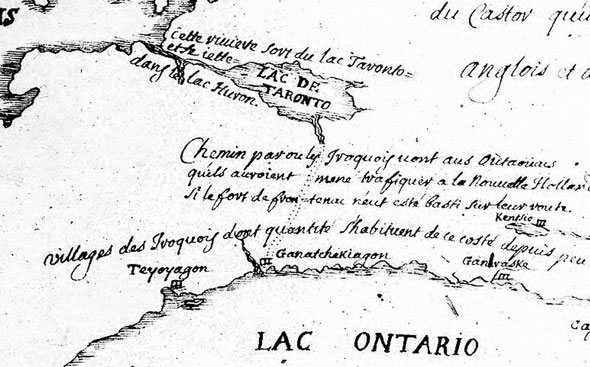
Before Toronto was Toronto it was York and, briefly, Dublin. The name comes from the anglicized Mohawk word tkaronto or taronto, meaning an area where trees grow in shallow water. The name previously applied to a canoe trail along the Humber River and even Lake Simcoe before the European settlement of Fort York.
Back then, the Toronto area was home to two Seneca-Mohawk villages: Teiaiagon at the mouth of the Humber River and Ganatsekwyagon at the mouth of the Rouge (English spellings vary widely.) The Town of York was re-named Toronto, then a recognized alternative name for the York area, on 6 March 1834.
WHAT TORONTO USED TO LOOK LIKE
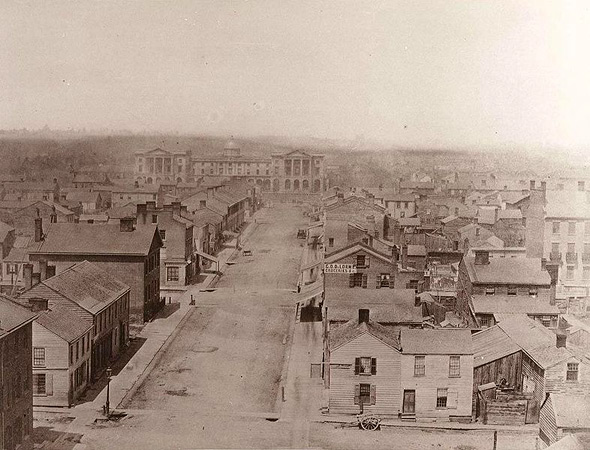
In 1857, 23 years after Toronto was incorporated as a city, Humphrey Hime and William Armstrong, staff from Toronto photography company Armstrong, Beere and Hime, climbed on to the roof of the 5-storey Rossin House Hotel, then one of the tallest buildings in the city, at the southeast corner of King and York streets.
Turning through almost 360 degrees, the pair photographed a city of small brick homes and unpaved streets still dwarfed by tall trees and church spires. The rail tracks along the waterfront were still at street level and gas lamps were dotted along the main streets. Osgoode Hall still had its central dome.
The photos were commissioned as part of an unsuccessful bid to claim status as the capital city of Canada. With the application rejection, the pictures were placed in storage and forgotten until 1979 when they re-discovered at the Colonial Office Library in London, England.
A second set was later found in Ottawa and a new set of photographs produced from the original negatives was presented to Toronto as a 150th birthday gift by the British government in 1984.
WHY TORONTO WAS NICKNAMED HOGTOWN
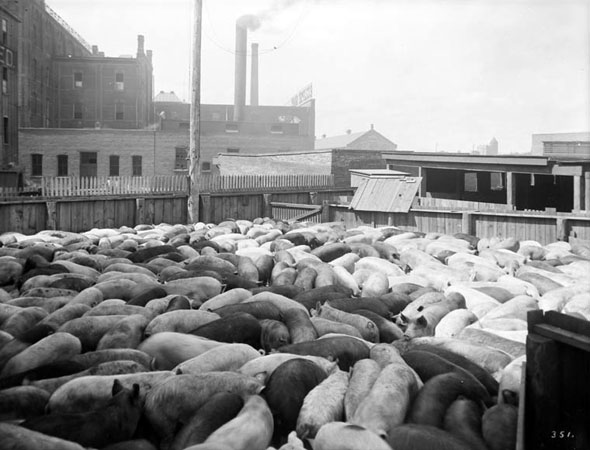
The story goes that Toronto was nicknamed Hogtown for the stockyards of the William Davies Company, one of Canada's earliest and largest meat packers, located at the mouth of the Don River, near the Distillery. But that may not be the case. The name was a pejorative term used by smaller cities to criticize Toronto's propensity to gobble up resources and attention.
"In the smaller cities of the Province when a man wants to say nasty things about Toronto he calls it Hogtown," the Globe wrote in 1898.
That said, Davies' company certainly had a lot of pigs. The squealing, mud-filled yard dominated the area now occupied by the south end of Corktown Common in the late 19th century. In 1900, the company's crowded yard was slaughtering and processing half a million hogs a year. It was merged with several rivals in the 1920s to form Canada Packers, a precursor to Maple Leaf Foods.
HOW TORONTO INVENTED PEAMEAL BACON
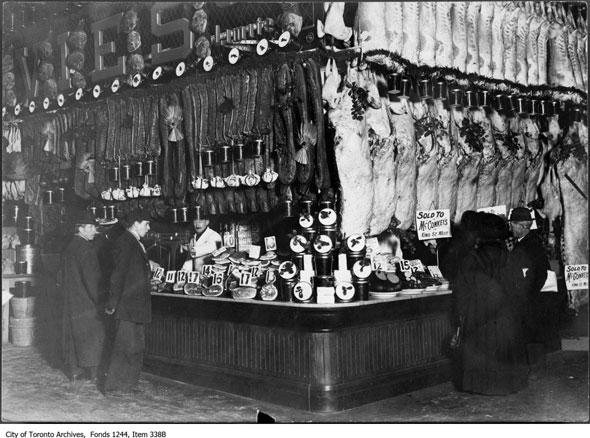
For the origin of the iconic peameal bacon sandwich we have to return to the William Davies Company stockyards. One of the company's most popular products for export was trimmed pork loin coated in ground yellow peameal as a preservative for long ocean trips. Turns out it tasted pretty good too, and the Davies' company sold the meat through its own chain of grocery stores, one of which was in the St. Lawrence Market.
Davies met a somewhat ironic fate: During a car journey in the American South he was butted by a goat while urinating by the side of the road. He died several months later, having never recovered.
HOW TORONTO GOT THE TTC
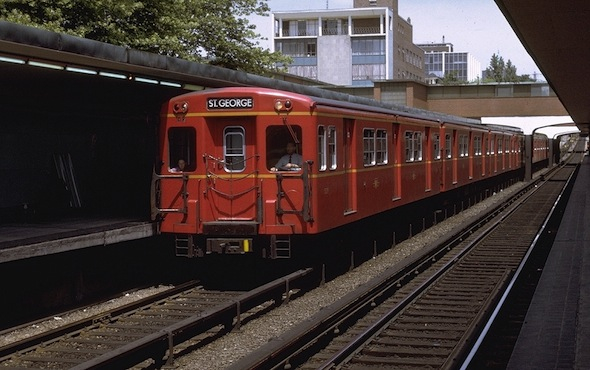
Before the Toronto Transit Commission was formed in 1921, the city was home to multiple private and public transit operators. The two major players, the downtown Toronto Railway Company and city-owned Toronto Civic Railways that typically served newly-annexed neighbourhoods, were merged with a promise to bring the city under a single fare system.
The first streetcars owned by the TTC were simple wooden Preston Car Company vehicles. A long-standing myth says the unusually wide Toronto track gauge - the distance between the rails - was an attempt to keep train companies from using the tracks. In fact, the wide spacing was a way of allowing horse-drawn, non-Toronto Street Railway wagons to use the rails, provided they didn't get in the way.
The oddity was repeated for convenience as new streetcar models arrived and even on to the subway in 1952, meaning that if there was an overhead power supply today's streetcars could drive down the Yonge line. Years ago, converted Presidents' Conference Committee streetcars were used as works vehicles on the subway.
Chris Bateman is a staff writer at blogTO. Follow him on Twitter at @chrisbateman.
Images: Toronto Public Library, City of Toronto Archives. Top photo by Jen Tse in the blogTO Flickr pool.
Latest Videos
Latest Videos
Join the conversation Load comments
